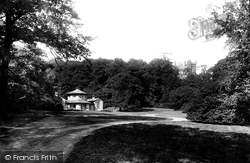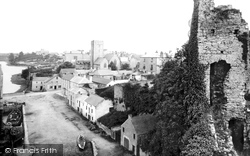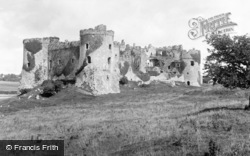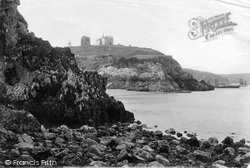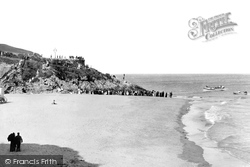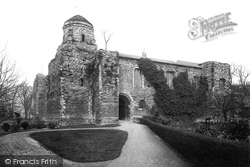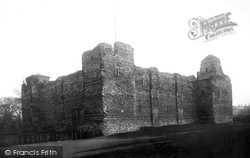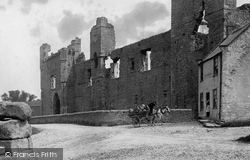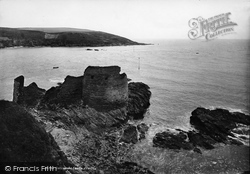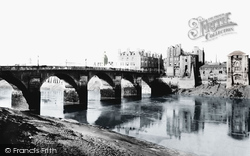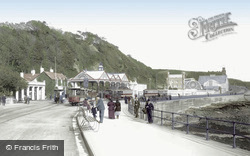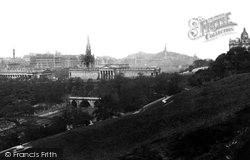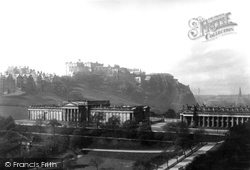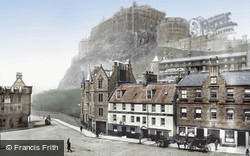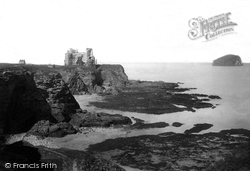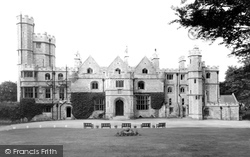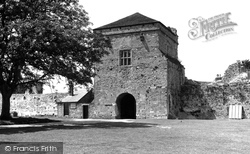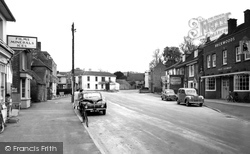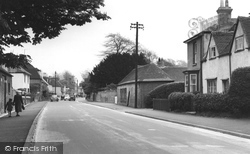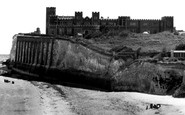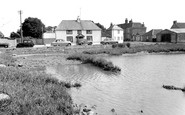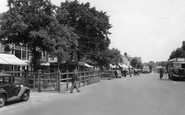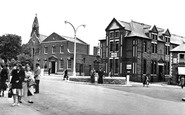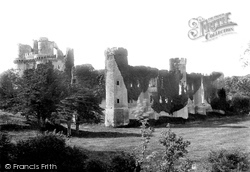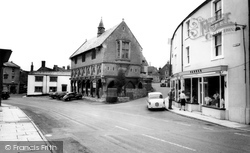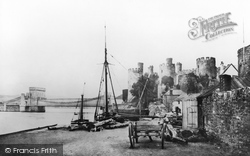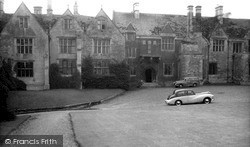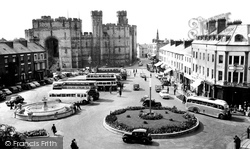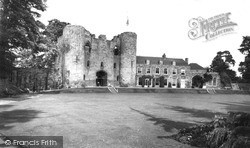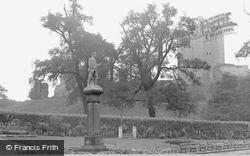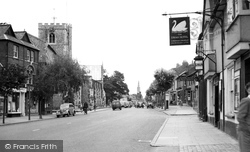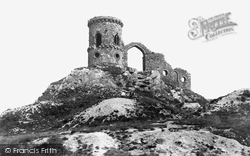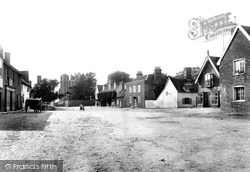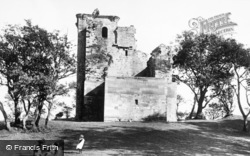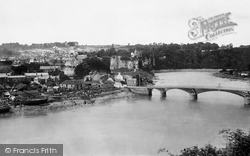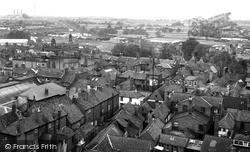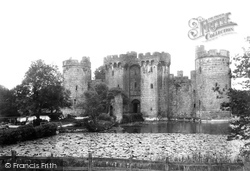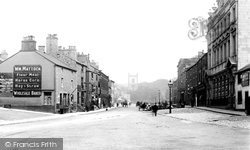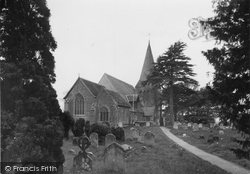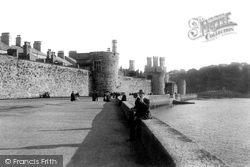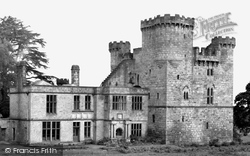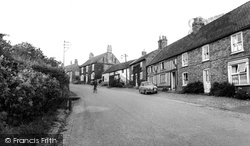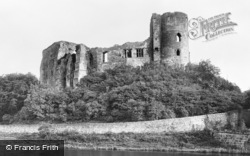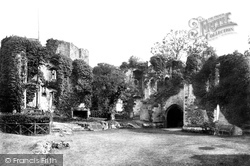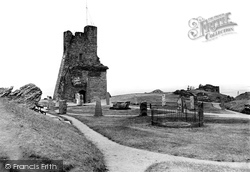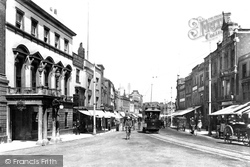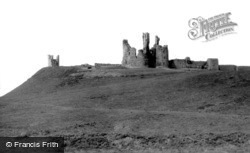Places
36 places found.
Those places high-lighted have photos. All locations may have maps, books and memories.
- Barnard Castle, Durham
- Bishop's Castle, Shropshire
- Castle Douglas, Dumfries and Galloway
- Castle Combe, Wiltshire
- Castle Cary, Somerset
- Corfe Castle, Dorset
- Castle Bolton, Yorkshire
- Burgh Castle, Norfolk (near Great Yarmouth)
- Belvoir Castle, Leicestershire
- Castle Hedingham, Essex
- Rowlands Castle, Hampshire
- Castle Acre, Norfolk
- Balmoral Castle, Grampian
- Castle Rising, Norfolk
- Castle Ashby, Northamptonshire
- Castle Bromwich, West Midlands
- Castle Eden, Durham
- Redmire, Yorkshire (near Castle Bolton)
- Castle Donington, Leicestershire
- Gwrych Castle, Clwyd
- Urquhart Castle, Highlands
- Sudeley Castle, Gloucestershire
- Cholmondeley Castle, Cheshire
- Wardour Castle, Wiltshire
- Dunstaffnage Castle, Strathclyde
- Raby Castle, Durham
- Crichton Castle, Lothian
- Lumley Castle, Durham
- Dunnottar Castle, Grampian
- Elcho Castle, Tayside
- Elmley Castle, Hereford & Worcester
- Barcaldine Castle, Strathclyde
- Midmar Castle, Grampian
- Hanley Castle, Hereford & Worcester
- Castle Bytham, Lincolnshire
- Kincardine Castle, Grampian
Photos
10,187 photos found. Showing results 481 to 500.
Maps
432 maps found.
Books
4 books found. Showing results 577 to 4.
Memories
826 memories found. Showing results 241 to 250.
Not Much Money But Plenty Of Happy Memories
I moved to Dagenham with my family in 1949. We lived in Cartwright Road off Hedgemans Road. I have memories of long hot summer holidays off from Finneymore Road School. The days were filled with trips ...Read more
A memory of Dagenham in 1950 by
St. George's Preparatory School For Girls. North Foreland.
Unfortunately the FCJ convent doesn't exist any more but my memory goes back to those happy years from 1959 till 1964 as a little girl studying as a boarder and always waiting for my late ...Read more
A memory of Kingsgate in 1959
Memories Of Parsons/ Blackdown/Deepcut/ And Chilwell Barracks
I was stationed at Parsons barracks for two weeks before we moved to Blackdown camp for basic training. I did a course on office work and did touch typing which lasted for ten weeks. ...Read more
A memory of Deepcut in 1952 by
Curious Old Woman
I have no memory to share. My interest in Dunnington Castle is that Dunnington is my maiden name. My mother had once told me that three Dunnington men came to the United States and had settled in different ...Read more
A memory of Dunnington by
17th Century Murder Replayed At Church Norton.
The more I think back on this incident, the more bizzare and terryfying it seems. In 2001, around Oct/Nov, myself and a friend drove to the car park at Church Norton church at about 11:00pm. We were ...Read more
A memory of Sidlesham in 2001 by
Milnathort A Genteel Place
My sister and I were invited to spend holidays at the home of a very kind lady in Milnathort. Church of Scotland ministers were asking members of their congregations to look after children from 'homes' during the ...Read more
A memory of Milnathort in 1965 by
The Cattle Market
The wooden railings to be seen in this photo is the old Epping cattle market where the animals were sold on market days. There is a memorial/water fountain still standing which would have originally been in the middle of the cattle market at the church end of Epping High Street.
A memory of Epping
4 Years At The Castle School Stanhope
In 1945 I was placed in South Hetton Remand Home at the age of 10 by Sunderland Magistrates Court.(I had a difficult homelife with a very physically abusive stepfather, otherwise I would have been fined 5 ...Read more
A memory of Stanhope in 1946
Dunstaffnage The War Years 1942 45
In 1942 aged 5 due to my father being a shipwright in the Portsmouth Dockyard he was transferred to a satellite dockyard at Dunstaffnage where we stayed as a family until the war finished and we then moved back to ...Read more
A memory of Oban in 1942 by
Castle Street Near The Square
This picture brings back so many memories; just a simple shot of the square in Maesteg, but if you could move that tree way over on the left you would see my grandmother's house at 5B Castle Street; it was called ...Read more
A memory of Maesteg in 1959 by
Captions
1,894 captions found. Showing results 577 to 600.
The castle is seen here in its romantic ruin phase, which lasted from 1777 until around 1911.
West of Bruton, Castle Cary is set on the side of the oolite hills of southern Somerset, with Castle Cary Park on Lodge Hill rising steeply behind the church.
Set at the mouth of the River Conway, or Conwy, this mediaeval walled town with its famous castle, one of Edward I's 'iron ring' around Wales, is still remarkably self-contained.
The castle has wonderful views from its escarpment overlooking the Welland Valley, notably from the Salvin Tower.
The great castle of Edward I overpowers this scene as, of course, it was originally intended to do, and its distinctive polygonal towers distinguish it from other castles that Edward built.
The formidable 13th-century gatehouse of the castle, with four massive circular flanking towers and four portcullises in the entrance, stands on the site of a former Saxon fortress.
This Norman stronghold was built on a natural mound as an earth and timber castle in the 12th century. The massive stone keep dates from a century later.
The new church, St Peter's, seems to have been deliberately placed in a prominent position close to the market place and the approach to the castle.
The sham castle on Mow Cop is clearly visible from much of Congleton.
This view of the deserted village square shows the castle in the distance and Ye Old White Hart Inn, the white-walled building on the right.
The estate was held in the 12th century by Sir Robert Croc of Neilston, and it is from him that the castle derives its name.
Chepstow Castle was begun in 1067 by William Fitz Osbern, Lord of Breteuil. At that time Norman expansion into Wales was slow, possibly deliberately so.
The name is Danish, meaning 'new fortress', and the strategic importance of the river crossing defended by river cliffs is emphasised by the castle.
Bodiam is a 14th-century moated castle, restored, like Tattershall in Lincolnshire, by Lord Curzon.
Skipton was a centre for sheep and cattle rearing, as we can see from this busy market day scene.
All Saints' Church looks out over the marshes by Church Farm, and stands at the west gates to the castle (not now the public entrance, which is from the Wartling Road).
Simultaneous construction of the castle and town wall began in the summer of 1283. The wall, which enclosed the medieval borough, is 800 yds long with eight towers and two twin-towered gateways.
Built of honey-coloured sandstone, the old castle is in fact a 14th-century L-plan tower house built by the de Middleton family.
Westway leads us up to the elevated village dominated at the crest by a castle and Crake Hall.
The castle was besieged by the Earls of Douglas and Fife in 1387 when they captured the town.
The castle was divided into two courts: the Stone Court and the Fountain Court.
During the English Civil War, Aberystwyth was held for the King until it was surrendered by Colonel Rice Powell in April 1646; this left Raglan and Harlech as the only castles in Wales held by the Royalists
The Castle Hotel, with its fine porticoed entrance, was a popular place to stay for Taunton's Victorian visitors.
Dunstanburgh is the largest castle in Northumberland, built by Thomas, Earl of Lancaster; the licence to crenellate was granted shortly after the loss of Berwick to the Scots.
Places (141)
Photos (10187)
Memories (826)
Books (4)
Maps (432)


